We're all guilty of ignoring those warning lights on the dashboard, especially when the symbols look more 'Avoid Beach Ball' than 'Airbag Warning' (we hope that's not just us!)
If you're a frequent user of the 'if I ignore that light, it will disappear' excuse, we're here to help. We've put together a handy list of some of the more important warning symbols and what they mean, so you can hopefully avoid any serious problems...
Colours
Different symbols will illuminate in different colours, helping you to understand what kind of problem your car is facing:
| Colour | Meaning |
| Red | Signals a potentially serious problem |
| Orange/yellow | A part of the engine needs looking at |
| Green/blue | Designed to advise you that a system is in operation |
| Flashing | Urgent! A component of the vehicle may need replacing |
Oil Warning Light
Unfortunately, this light doesn't mean a genie is about to appear. It means that there's something wrong with the oil in your engine. It could be low oil .jpg) pressure, high oil temperature or low levels in the engine.
pressure, high oil temperature or low levels in the engine.
This is pretty serious stuff - it could mean that the oil is impaired and is not lubricating your engine efficiently, potentially causing major problems for your vehicle.
If it's lit up, stop driving immediately and contact a professional.
Brake System or Brake Fluid Warning Light.jpg)
No, it's not a Teletubby or helipad. This means that there's something going on with your brakes. We'd recommend getting to your auto-electrician as quickly as possible.
EPAS Power Steering Light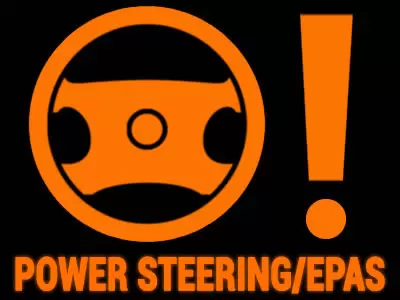
If this light is illuminated, you'll need to take a look at your steering system. If the steering feels heavy, your system may have failed, making it almost impossible to manoeuvre at high speeds.
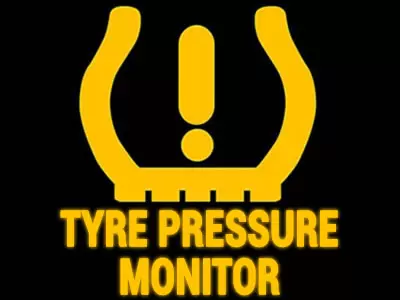 Tyre Pressure Monitor Light
Tyre Pressure Monitor Light
If you have a puncture, or there's something wrong with the pressure inside your tyres, this symbol will light up. There's no need to panic, but you should definitely check your tyres ASAP.
Airbag Warning Light
No, it doesn't mean 'avoid incoming beach balls', it actually means that there's a problem with the airbag system. 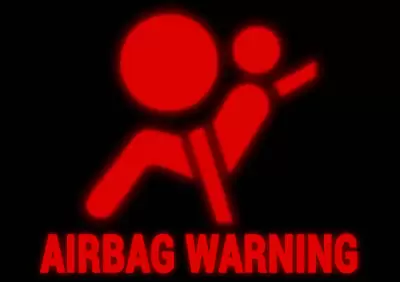
It's best to get this checked as soon as you can. If the airbag isn't working properly, it could activate unexpectedly or not go off in the event of an accident, both of which can cause serious problems.
Coolant Warning Light
Coolant is a vital part of any engine. If this light comes on, first check your coolant levels. It might simply need a top-up. To do 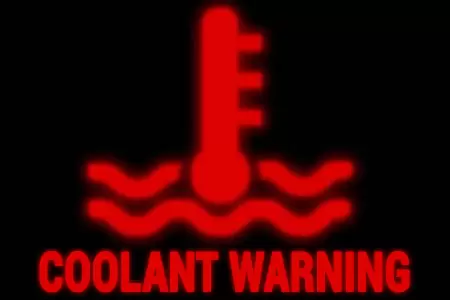 this, check the gauge on the side of the coolant tank, which you can find under the bonnet.
this, check the gauge on the side of the coolant tank, which you can find under the bonnet.
If all seems fine with the coolant levels, this warning light could signal the beginning of an expensive repair bill. Your engine may be overheating, possibly due to a leak or even a head gasket failure. Definitely a warning light not to be ignored!
ECU/Engine Warning Light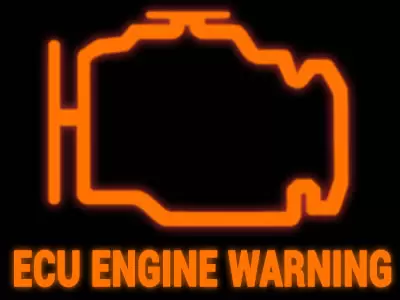
You may already be experiencing problems if this light is illuminated. It's to warn you of a possible engine problem. It's important to get this checked as soon as possible - it could be something as simple as a faulty sensor or there could be a more worrying mechanical issue.
DPF Diesel Particulate Filter Warning Light
If you drive a car with a disel engine, you'll have a Diesel Particulate Filter (DPF) fitted to your vehicle. It helps to reduce emissions by filtering out the soot 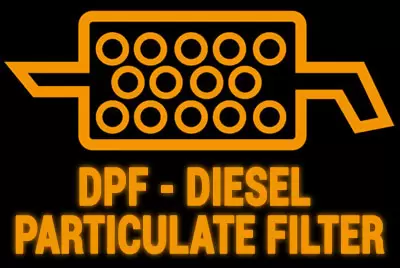 from exhaust gases.
from exhaust gases.
Again, don't ignore this one - DPFs are very expensive to replace when they become blocked.
We hope this post has helped you become a bit more illuminated when thinking about those confusing dashboard warning lights. Don't ignore them - the longer you leave it, the worse off your car will be in the long run. You also run the risk of failing your MOT.
You can also make sure your car is the best it can be by upgrading your headlight bulbs.












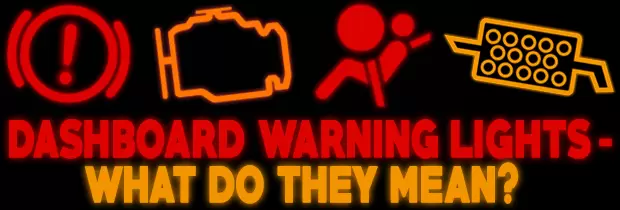










 Close
Close